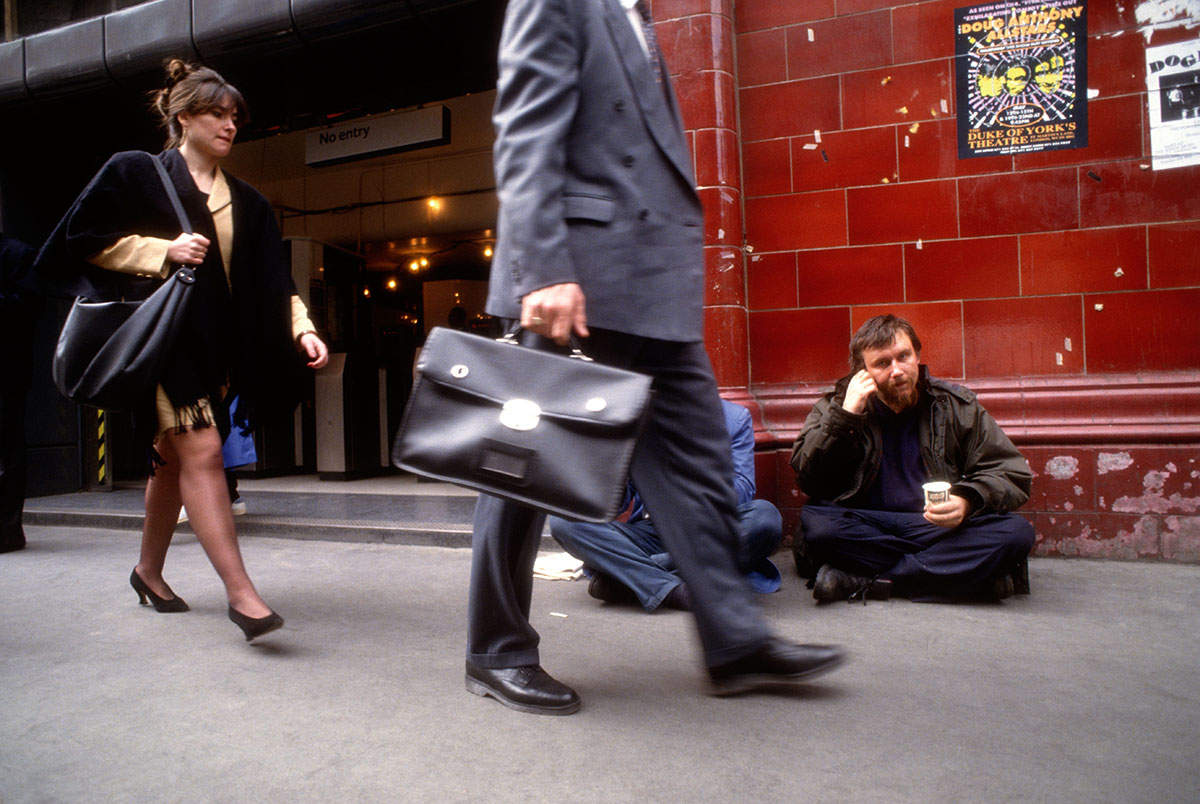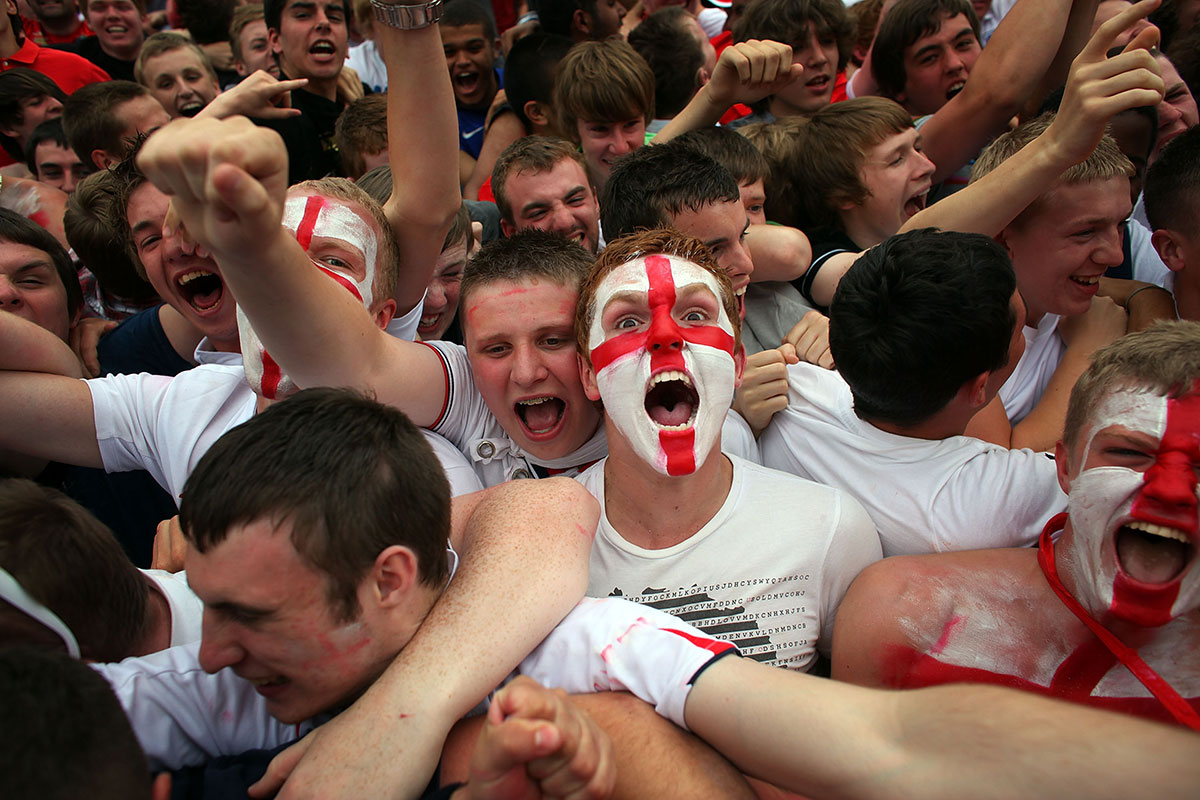Chapter 63. Sources of Prejudice
Learning Objectives

Describe the social and cognitive roots of prejudice.
Identify examples of prejudice that are tied to each source of prejudice.
Review
Review
Select the NEXT button to continue with the Review.

1. Prejudice is literally a “prejudgment” about a group of people. It’s often inaccurate because it is based on inadequate information, and it’s always unjustifiable because it doesn’t apply to all the people in the group.
Review
Review
Select the NEXT button to continue with the Review.

2. Researchers have identified several social and emotional processes that contribute to prejudice, including social inequalities in the distribution of wealth and power. Those who have higher status want to maintain the inequalities for their own benefit. They often develop prejudices against those of lower status in order to explain and justify the unequal treatment.
Review
Review
Select the NEXT button to continue with the Review.
3. Another social-emotional process is group identification. A person who strongly identifies with a particular social group sees the members of that group (the ingroup) as “like me,” while non-members are seen as different and strange. This leads to ingroup bias and negative attitudes toward those who belong to the outgroup.
Review
Review
Select the NEXT button to continue with the Review.

4. A final social-emotional process that is a cause of prejudice is called scapegoating (blaming powerless groups when things go wrong). The word comes from an ancient Middle-Eastern religious practice of symbolically placing the sins of the community on an animal and then driving that animal away.
Review
Review
Select the NEXT button to continue with the Review.

5. Prejudice is also enhanced by a set of cognitive processes, including categorization, a basic tendency to classify people into groups on the basis of their appearance or their behavior. Categorization often leads to stereotypes—overgeneralized beliefs—about a group on the basis of a few members. Categorization also supports the distinction between the ingroup (“us”) and the outgroup (“them”).
Review
Review
Select the NEXT button to continue with the Review.

6. Another cognitive process is the use of vivid cases to make judgments about a group. Rather than evaluating the average behavior of group members, people are more influenced by extreme, unusual behaviors that capture attention and may be more easily recalled at a later time. For example, a few observations of rowdy, obnoxious sports fans from a particular country can poison people’s attitudes toward innocent tourists from that country, and toward that sport.
Review
Review
Select the NEXT button to continue with the Review.

7. Prejudice is also enhanced by the just-world phenomenon as a way to explain the deserved misfortune of those who suffer. People who believe that the world is “just,” or fair, are more likely to believe that the way things are, including social inequalities, reflect the way things are meant to be. They are also more likely to blame the victims of natural disasters or human aggression for their circumstances, believing that the victims somehow deserved what they got. This is similar to the spiritual principle of “karma,” from ancient India, in which future happiness or unhappiness is related to past deeds.
Review
Review
Select the NEXT button to continue with the Review.

8. Finally, some prejudice is the result of the hindsight bias. After an event, most people tend to view the event as more predictable than it really was. The bias leads to prejudice against victims of bad events, because the victims presumably should have expected what was coming.
Practice 1: Social and Emotional Roots of Prejudice
Practice 1: Social and Emotional Roots of Prejudice
Roll over each social-emotional process to view an explanation of its role in the development of prejudice.
Social inequalities
Group identification
Scapegoating
Differences in wealth, power, and social status create the basis for prejudices. Those who have higher status want to maintain the inequalities for their own benefit. They often develop prejudices against those of lower status to explain and justify the unequal treatment.
People develop a social identity by associating with some groups and distancing themselves from others. The people like us are the ingroup, and the rest of the people are the outgroup. Prejudice toward outgroup members reinforces the sense of ingroup superiority. Favoritism toward our own group—called ingroup bias—is strongest when limited resources must be divided among the groups.
According to the scapegoat theory, people who feel angry or frustrated by failure or other negative events will look for someone to blame. The more insecure that people feel, the more likely they will develop prejudices against rival groups or anyone that poses a threat.
Social inequalities: Differences in wealth, power, and social status create the basis for prejudices. Those who have higher status want to maintain the inequalities for their own benefit. They often develop prejudices against those of lower status to explain and justify the unequal treatment.
Group identification: People develop a social identity by associating with some groups and distancing themselves from others. The people like us are the ingroup, and the rest of the people are the outgroup. Prejudice toward outgroup members reinforces the sense of ingroup superiority. Favoritism toward our own group—called ingroup bias—is strongest when limited resources must be divided among the groups.
Scapegoating: According to the scapegoat theory, people who feel angry or frustrated by failure or other negative events will look for someone to blame. The more insecure that people feel, the more likely they will develop prejudices against rival groups or anyone that poses a threat.
Practice 2: Cognitive Roots of Prejudice
Practice 2: Cognitive Roots of Prejudice
Roll over each cognitive process to view an explanation of its role in the development of prejudice.
Categorization
Vivid cases
Just-World phenomenon
Hindsight bias
It is natural to try to understand people by putting them into categories. But this often leads to stereotyping—making generalizations about all the people in that category based on the negative behavior of a few people.
We form attitudes toward a category of people based on a limited sample of behavior we've observed from members of that category. Because our memories aren't perfect, we tend to recall only the most vivid examples, and often these examples are negative, antisocial behaviors.
Most of us have a basic sense that people get what they deserve. If the world operates on the principle of justice, then people who suffer must have done evil things to deserve such treatment. This reinforces prejudice against victims.
Prejudice against victims is also strengthened by our tendency to reason backwards through a sequence of events after we know the outcome. Since we now understand how a particularly bad event ended, we assume that the victims of that event should have known better than to get involved in it.
Categorization: It is natural to try to understand people by putting them into categories. But this often leads to stereotyping—making generalizations about all the people in that category based on the negative behavior of a few people.
Vivid cases: We form attitudes toward a category of people based on a limited sample of behavior we've observed from members of that category. Because our memories aren't perfect, we tend to recall only the most vivid examples, and often these examples are negative, antisocial behaviors.
Just-World phenomenon: Most of us have a basic sense that people get what they deserve. If the world operates on the principle of justice, then people who suffer must have done evil things to deserve such treatment. This reinforces prejudice against victims.
Hindsight bias: Prejudice against victims is also strengthened by our tendency to reason backwards through a sequence of events after we know the outcome. Since we now understand how a particularly bad event ended, we assume that the victims of that event should have known better than to get involved in it.
Quiz 1
Quiz 1
Match these sources of prejudice with their descriptions by dragging each colored circle to the appropriate gray circle. When all the circles are placed, select the CHECK ANSWER button.
Quiz 2
Quiz 2
Drag each source of prejudice to the gray area in front of of the appropriate example. When all the sources have been placed, select the CHECK ANSWER button.
Elaine believes that the poor deserve poverty because they are lazy and have low morals.
Eiko blames his town's economic problems on immigrants who are taking all the jobs.
Eduardo believes that his fraternity should get special treatment because the other fraternities are full of stupid people.
Ernesta doesn't pay her maid or her gardener very well, because they would just waste the money on drinking and gambling.
Elizaveta doesn't try to learn the names of people of other races, because they all look alike anyway.
Elvis doesn't donate to hurricane relief efforts because those who lost houses should have known better than to live by the ocean.
Eli hates politicians. He can name several politicians who have been caught in scandals.
Conclusion
